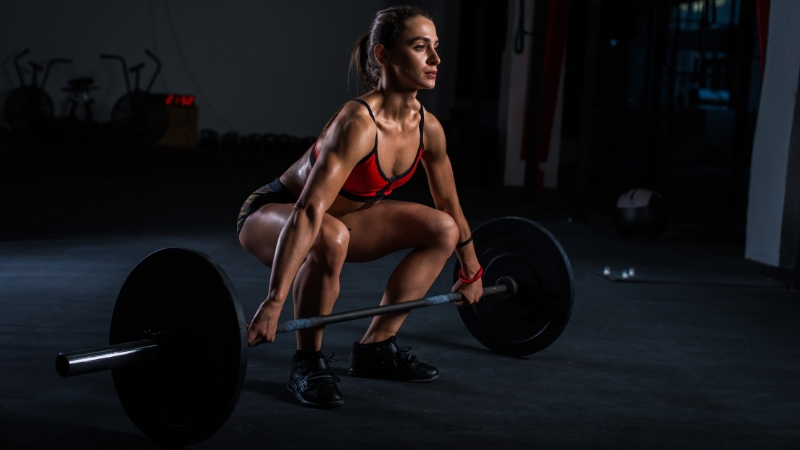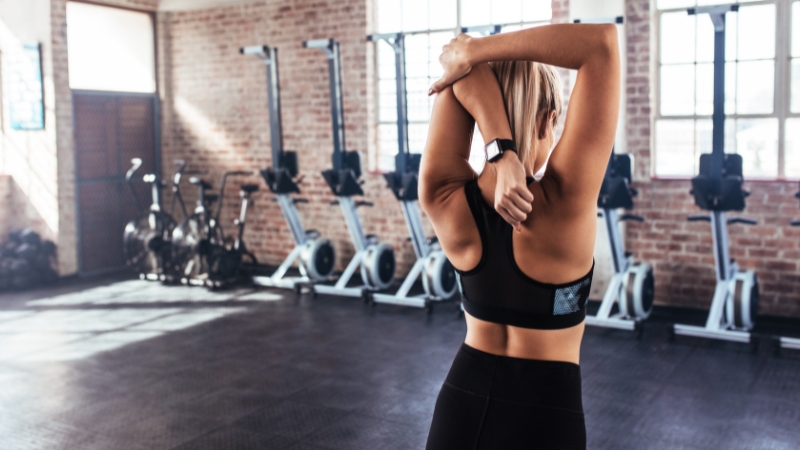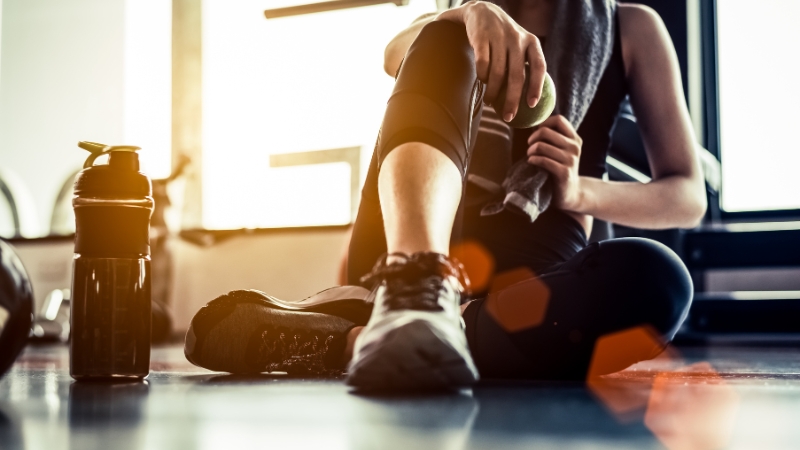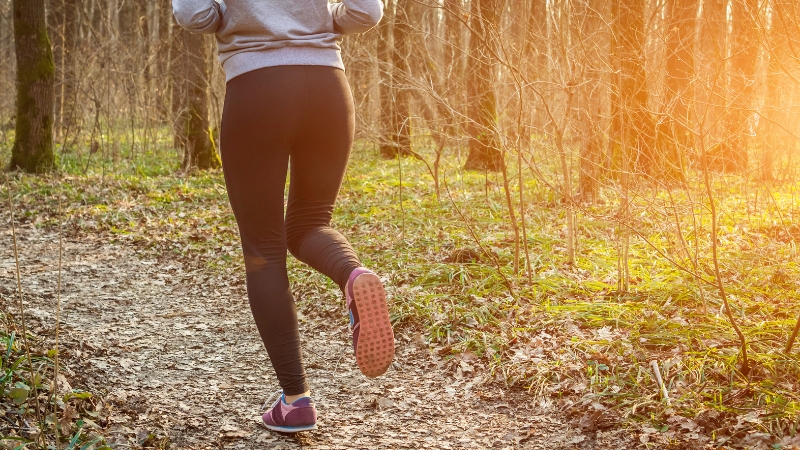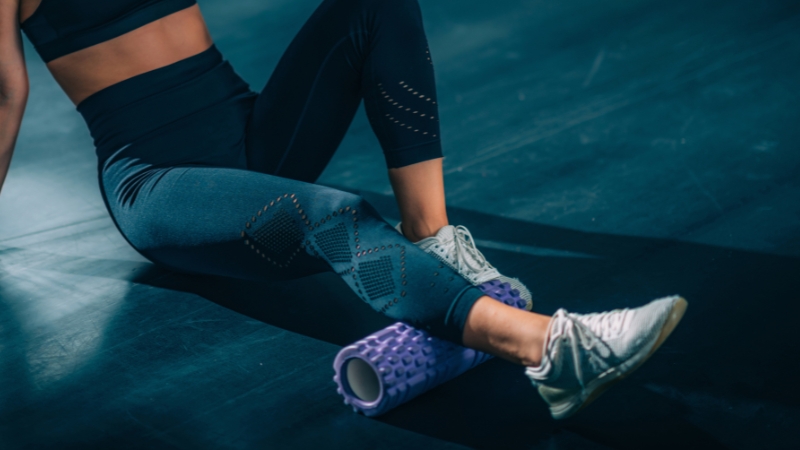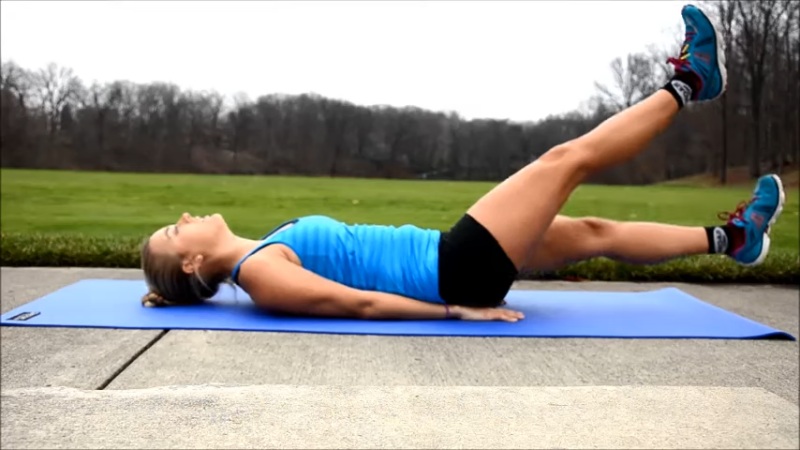
Share Post:
Today, I will discuss a core exercise that’s often overlooked but incredibly effective—scissor kicks.
If you’re a gym newbie or a seasoned athlete, including scissor kicks into your routine can make a significant difference in your core strength and stability.
Let’s check out what else this cool and effective exercise has in store for your core.
Table of Contents
ToggleThe Benefits of Scissor Kicks
1. Targeting Multiple Muscle Groups
Scissor kicks aren’t just about those six-pack abs. They engage a wide array of muscles:
- Rectus Abdominis: The front abs that most people think of.
- Obliques: The muscles on the sides of your abdomen.
- Transverse Abdominis: The deep core muscles that stabilize your spine.
- Hip Flexors: Muscles that help in lifting your knees.
- Quads: The front thigh muscles.
- Glutes: Your butt muscles.
- Adductors: Inner thigh muscles.
2. Improved Core Stability
By stabilizing the spine during the movement, scissor kicks enhance overall core stability. A stable core is crucial for good posture and performing daily activities with ease. Think about lifting heavy objects, twisting, or even just standing for long periods—scissor kicks can help with all of that.
Sara Lindberg describes the Scissor Kicks as an intermediate-level exercise that targets core and lower body strength. This exercise engages the abdominal muscles, hip flexors, and lower back muscles, which collectively contribute to improved core stability.
3. Lower Abdominal Focus
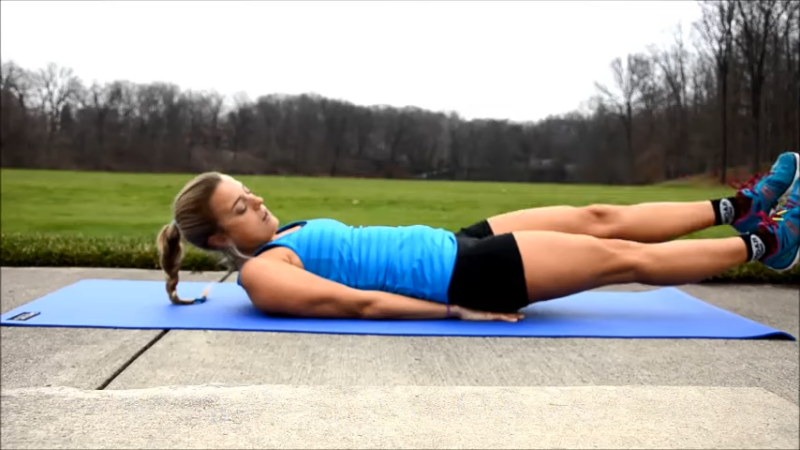
One of the standout benefits is the focus on lower abdominal muscles, an area often neglected in many core exercises.
4. Counteracting Prolonged Sitting
If you spend a lot of time sitting (and who doesn’t these days?), scissor kicks can really flip the script.
Ariane Resnick highlights that scissor kicks improve hip flexor mobility, which is essential for those who sit for extended periods. Increased mobility in the hip flexors helps in maintaining proper posture and reducing discomfort from prolonged sitting.
5. Enhanced Athletic Performance
For athletes, a strong core is non-negotiable. Scissor kicks contribute to better performance in running, lifting, and other sports by enhancing core strength and stability.
It’s amazing how such a simple exercise can have such far-reaching effects!
6. Functional Benefits
Aside from athletic performance, scissor kicks promote better posture and protect the lower back from injuries.
7. Variations for Added Challenge
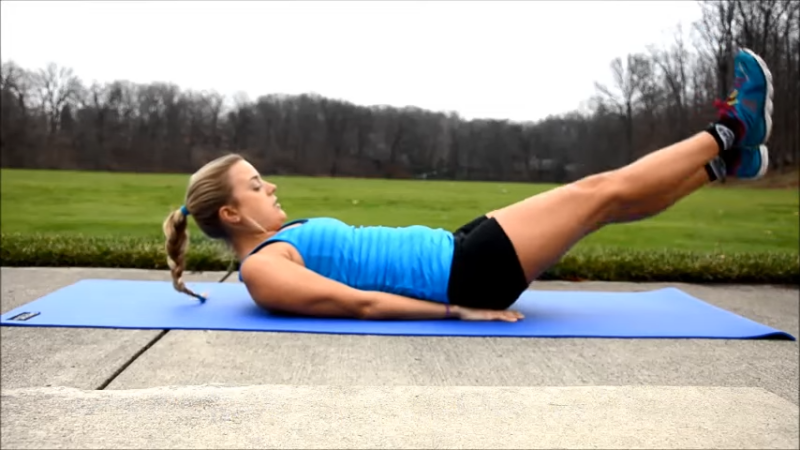
This makes them a versatile addition to any workout routine. Add ankle weights, adjust the range of motion, or change the tempo to keep challenging your muscles.
- Adding Ankle Weights: Incorporating ankle weights into scissor kicks increases resistance, making the muscles work harder. This intensifies the workout for the core, glutes, quads, and adductors.
- Adjusting Range of Motion: Changing the range of motion, such as lowering the legs closer to the ground or lifting them higher, targets different parts of the core and leg muscles more intensely. This variation helps engage the lower abs and hip flexors.
- Changing Tempo: Altering the speed of the movements can also increase difficulty. Slower movements require more control and muscle engagement, while faster movements can add a cardiovascular element to the exercise.
8. Low Equipment Requirement
No need for fancy gym equipment! Scissor kicks are a bodyweight exercise that can be performed anywhere, making them accessible for most people. Whether you’re at home, in the gym, or traveling, you can fit them into your routine.
How to Perform Scissor Kicks
Let’s get into the nitty-gritty of how to do scissor kicks properly.
Exercise Guide
Common Mistakes to Avoid
- Arching the Lower Back: This can lead to strain and injury. Keep your lower back pressed to the floor.
- Bending the Legs: Straight legs ensure you’re targeting the right muscles.
Variations and Alternatives
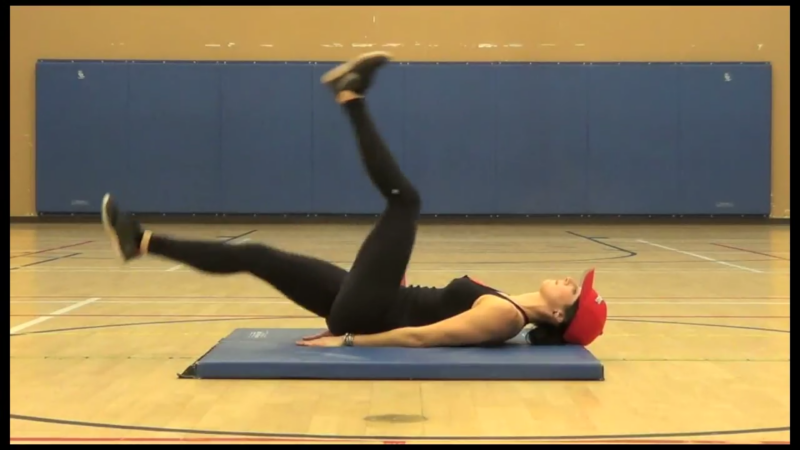
Advanced Options
For those looking to up the ante:
- Ankle Weights: Add some weights for increased resistance.
- Range of Motion: Increase the range for a more intense workout.
- Tempo: Slow down the movement for better control and muscle engagement.
Alternatives
If you want to mix things up, try:
- Ab Bicycles: Great for engaging similar muscle groups with a different movement pattern.
- Flutter Kicks: Another fantastic core exercise that targets the lower abs.
Wondering how to fit scissor kicks into your workout? Here are some tips based on your fitness level:Incorporating Scissor Kicks into Your Routine
Beginners
Intermediate
Advanced
Sample Workout Routine
Here’s a sample routine to get you started:
| Exercise | Sets | Reps |
| Scissor Kicks | 3 | 15 |
| Plank | 3 | 1 min |
| Bicycle Crunches | 3 | 20 |
| Leg Raises | 3 | 15 |
| Russian Twists | 3 | 20 |
Final Words
Scissor kicks are more than just a simple core exercise. They target multiple muscle groups, improve core stability, focus on lower abdominal strength, counteract the effects of prolonged sitting, enhance athletic performance, and offer numerous functional benefits. Plus, they’re easy to modify and require no special equipment.
Incorporate scissor kicks into your routine, and you’ll be well on your way to a stronger, more stable core.
Related Posts:
- 10 Benefits of Flutter Kicks for Your Core
- Kettlebell Ab Workout - 5 Core Workout to Engage Core
- Essential Oil Roll-On Perfumes: A Natural, Elegant,…
- Essential Gym Equipment Maintenance Tips to Extend…
- How to Stay Active and Strong in 60s Without Overdoing It
- Mental Battle of Injury Recovery - How to Stay…



